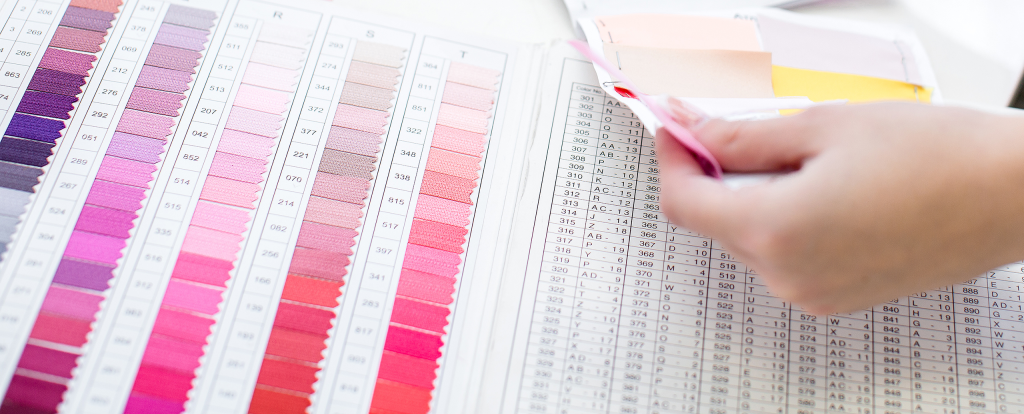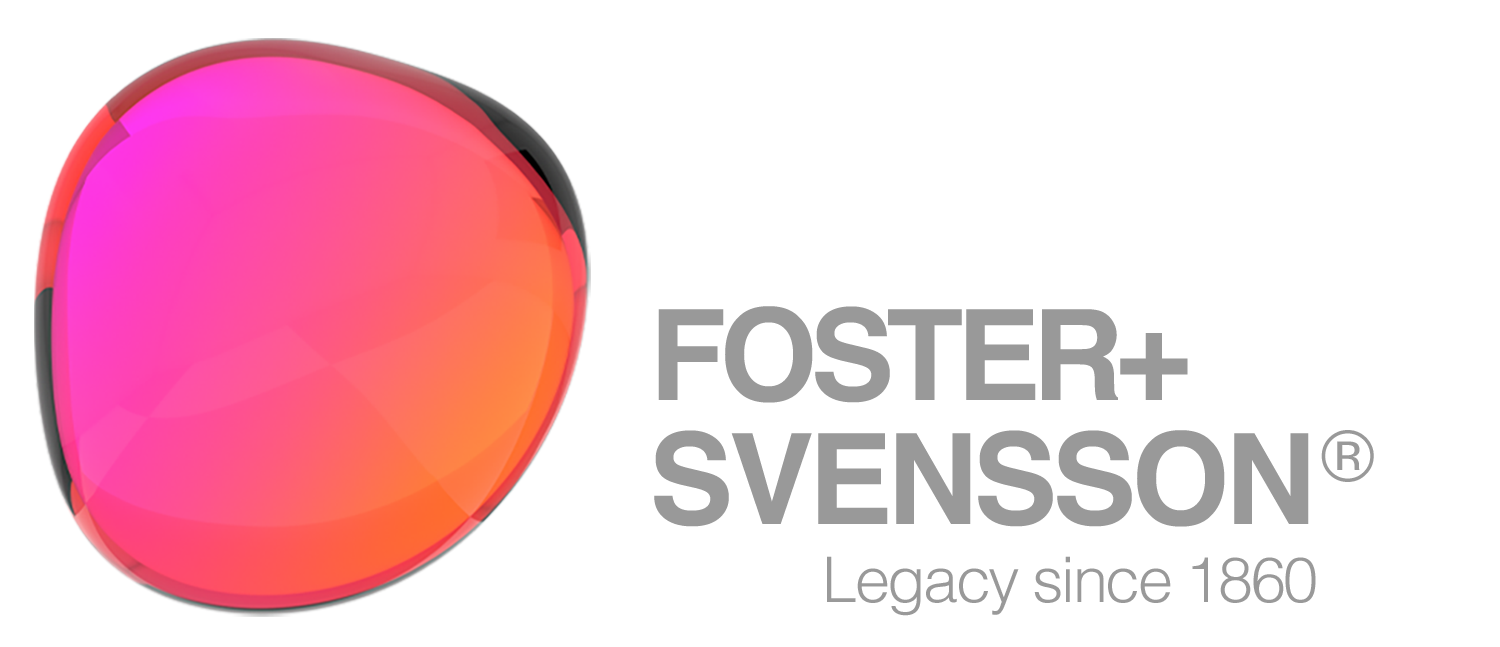Brand and identity design
The foundation of a strong brand is a bold positioning. Here at Foster + Svensson, for our clients we develop the cornerstones for an unmistakable identity, which serves as the basis for the further creative and design process. A fundamentals from logo and colour palette through to bespoke typography, imagery and redesign. We create, design and develop brands.
Brand identity is the visible elements of a brand, such as colour, design, and logo, that identify and distinguish the brand in people’ minds, vision and perception overall. Brand identity is distinct from brand image. However, a brand is an overall experience of people that distinguishes an organization or product from its rivals and competitors, in the very eyes of the people. Brands are used in business, marketing and advertising, an being recognized by people.
You may notice that we avoid using words and descriptions such as “consumers”, “customers”, “users”. We rather use different wording, which is more human and appealing, by simply stating – people. Our target audience may be focused on people and their different behaviour and habits, no matter if they are people (B2C) or companies (B2B). When designing a brand, product, service, an image, or perform brand (re)positioning, we master in profiling our target audience to whom we want to represent the brand overall, how we want to be perceived by people or companies, how they would feel to see our designed brand, the image and messages. Our ultimate goal would be to attract our target audience and create an affection by the brand we designed. A design that people or companies would perceive as relevant and aestheticly pleasing for them. To feel proud either to have product from such brand, to use a service from such brand, or simply to cooperate with such brand (in case of B2B).
This is precisely why we take seriously the construction and development of the brand itself, because it may start with the creation of a logo and letterhead, but in the end it will represent how the entire brand looks and what impression it gives.

Having a Book of standards represents the ultimate guideline and first point of the company brand, which brings practical examples how brand visual identity is being used, but also allowing to grow, explore and expand brand further.
Book of standards or a corporate design (CD) is the official graphical design of the logo and name of a company or institution used on letterheads, envelopes, forms, folders, brochures, etc. along with the creation of the entire graphic standards manual how visually brand elements are to be used. It is also consisted of brand toolbox, a practical set of graphic design examples showcasing how the brand graphics may be applied and used on different channels or surfaces. The brand house style is created in such a way that all the elements are arranged in a distinctive design and pattern. This includes dictating what ink pantones should be used in the coloring, what typefaces and fonts are used, is here any brand device and how it may be used.
At Foster + Svensson, we can create and design brands together with their naming, logo, typography, the imagery, and its positioning from the scratch, but we can also redesign and uplift existing brands. We aim to support our clients in setting-up and creating proper communication across different media channels. Foster + Svensson is supporting its clients with foundations of the brand and design system guidelines related to consistency in communication. Our goal is to create recognizable, yet unique tools for mastering tone of voice, visual presence, and overall communication. We organize brands, products, and services by using our design system to help people understand brand’s offer and create aspirational desire to own, buy and use products and services from the brand.
For a company to exude a strong sense of brand identity, it must have an in-depth understanding of its target market, competitors and the surrounding business environment. Foster + Svensson can provide its support, where we design principles, logos and its use, fonts, typography, set the imagery, color system and its palette, define brand device, tone of voice and jargon. When designing or redesigning the brand, we create elements and assets such as graphical, but also extended like sonic and motion, as we can uplift the brand not only with visual enhancement, by adding sonic communication through motion, haptics, and sound.
Taking care of brand doesn’t always mean that we need simply to design a logo. The logo doesn’t represent the brand overall, but a set of other elements, including the corporate culture and how the employees will communicate, behave, and represent the brand outside. This also includes how the emails are set, written, how documents are prepared, how brand is being advertised, how it communicates with people and other companies and, overall, how brand is positioned.
When we design a corporate logo or a brand overall, we set a construction, a very basis of elements and ground rules which are applied in design. We define safe zones, minimal logo size, corporate logo lock-up use, logo co-branding rules, correct and incorrect use of the logo, pictogram and icon system. Logo itself can be in a 2D form, a lettermark, or with an emblem, added brand device. However, we also design 3D logos which can be animated in space, digital or broadcast, but also their regular version for use in print.
Beside the brand visual elements, such as logo and the color, along with content, the language also conveys the brand attitude. We communicate with people with clear and simple words (honest and human). Headlines are very important as we use them to draw attention to specific benefit. Good communication is systematically structured: eye-catching headlines, key visuals, and an explanation of the core message that connects people with the content of a body copy to satisfy the need for information, be recognized as useful and relevant. Within typography, we pay attention on font, sizing, weights, paragraphs, rhythm spacing, usage and define principles.
Colors are a basic part of visual identity. As the logo is made of one of several colors, we define how to use coloring system in digital, broadcast and print. Colors have been selected that can adequately convey the brand message. Consistency in the application of color is an indispensable item in the creation and application of successful brand identities. Color palette is being used for graphical elements positioned within the composition of all elements. This palette also helps us to identify proper imagery and its tone, to be aligned with the brand color guide. In some cases, we also use secondary colors. Secondary color palette is used as supportive, where they aim to gain better awareness and brand recognition. These colors can be extracted from primary, as their opposites and derived colors, but can also be added as a new form. We use color ratio to define visual style of any communication material and its design. As a main color bearer, we either use white (for design with brighter elements and/or the imagery), or we use black (for darker imagery and style). However, in both versions we always use our brand primary colors. Secondary colors can be used as well, depending on composition noise and number of elements.
We use different graphic elements across brand visuals. They are consisted of fonts, text, headlines, subheadlines, the imagery, logos or even disclaimers when necessary. To create consistency among all visuals and touchpoints, but also recognizability, we can use brand device. As brand device, we use abstract or defined focused shape and place it across the visuals. This shape represents part of the brand and in some cases can even overtake the visuals yet leaving recognizability of the brand. We use brand device to trigger brand recognizability, because we don’t want to focus always on the same imagery and its color tone. This allows us to use multiple tones within the imagery, yet to keep consistency in communication.
Brand device should be used on visuals and the imagery which is not very rich in details, or it has less noise. The imagery which is full doesn’t necessarily needs to hold brand device, as it might create too many details in communication. Brand device should help us to better position copy/text, but also to create recognizability of the brand, specially when we communicate co-branding campaigns. As abstract, brand device can be placed on any position within the composition. It can be cropped, rotated, stretched, enlarged, or hold only tiny piece of position. Its aim afterall is to relate visual with the brand.
Coloring play’s significant role in art direction. It helps us define our style, make, and keep consistency in communication, while preserving brand visibility, awareness and recognizability. For such purpose, we strive to define color palette. This can be done in presenting details such as close-ups, macro photography or even applying cinematic aesthetics. Such allows us to highlight movement, dynamics, perspective, and color depth, which will support in brand recognizability and position.
The imagery, photography and art direction used within communication materials should always follow defined mood board. It should go away from standard styles, yet to represent perhaps aspiring life scenes of the people and their connection with the brand. The imagery and photography overall should always be consistent. Color tone, colorization, level of image sharpness should be kept at the same level for any key visual. Difference may occur when using assets from the brands directly, however this tone can be easily accepted in marketing communication by adding designed elements. By doing this, we are overtaking our key visual back and creating harmonized and recognizable composition with the same tone.
While having stated visual and sight elements as foundation, we believe that companies can also benefit in having its own extended branding. Such can be the scent, aural or sonic, taste, tactile, thermal. The sensory branding is where all our five senses (or one) can be activated towards people, to create unique and recognizable brand identity. Scent or smell is believed to be related the most to emotion due to the brain’s olfactory bulb, which detects odors, fast-tracks signals to the limbic system and then links emotion to memories. The scent for example, has the capabilities to jump-start a chain of positive emotions and comfortable memories, which is exactly what companies may look for when entering this type of sensorial branding. The scent can be used from product unboxing to retail store entrance and staying in shops, shopping centers, airplanes, retail spaces. On the other hand, the sense of taste is the most intimate one, because we can’t taste anything from a distance, but to be present. Taste is also considered to be the most distinctly emotional sense. Human taste is also dependent on saliva and differs on each different person. People who prefer saltier foods are used to a higher concentration of sodium and therefore have a saltier saliva. In fact, 78% of our taste preferences are dependent on one’s genes. Of course, caution must be taken considering that not all people are able to taste everything due the allergens and health conditions.
Sound is a sense that is often underestimated in marketing, however, along with sight it accounts for 99% of all brand communication. Sound affects our mood and psychological state, promotes peace of mind and alerts. Voices can also be used to create a connection between a brand and a sound. Voices are often perceived as personal, emotional and friendly which is why they are so effective for certain brands, however, a voice has to be used continuously and coherently in order to enhance the brand identity. Overall, people or shoppers make more impulsive purchases when they’re overstimulated, namely with aural. Loud volume in retails stores leads to sensory overload, which weakens self-control, especially for younger population and with trendy music.
Sensory branding has developed to encompass all five senses. This is because brands now recognize that the more senses appealed to, the more effective the branding will be. The sensory branding is a medium, an extended identity.
Creating or redesigning a brand is not only a change of logo. It is a complete set of design tools, research, thinking, and nomenclature systems that will define tone of voice, jargon we use, and create identity of the brand. At Foster + Svensson, we don’t take brand, design, marketing and communications for granted. We use variety of tools, experience and knowledge, from design studies and psychology, to use of mathematics and geometry. Something that our team of designers, strategists and directors studied for years at faculties and gained master’s degrees in design and communication, while gaining over 20 years of operational and executional experience while having worked from both client and the agency side with a 360° perspective. That is why we at Foster + Svensson created a set of disciplines and grouped our services in several main streams with its corresponding components.
Brand design
Brand architecture, Brand communication, Positioning, Brand platform, Brand prototyping, Employer branding, Corporate brand identity, Brand personality, Brand recall, Brand lines, Brand identity
Verbal identity
Visual identity
Art direction, Brand book design, Brand guidelines, Brand identity, Co-branding standards, Composition noise, Corporate identity design, Graphic standards manual, Logo design, Mood board design, Playbook design. Visual language
Stationary design
Business cards, Charts, Conference keynote presentations, Corporate presentations, Corporate reports, E-mail signatures, Envelopes, Folders, Forms, Indoor branding, Keynote presentation, Letterheads, Memos, PowerPoint presentations, Signatures, Stamp design, Whitepaper documents
Extended identity
Aural, Haptics, Motion, Physiological arousal, Sensory branding, Sensory design, Sensory overload, Sonic, Scents, Tactile marketing, Taste, Thermal, Touch
Over the years we designed, developed, and created brands and identities for clients including Telenor Group, Samsung, Huawei, Hisense, Oaza Zdravlja, Skinfinity, Smart Network Development, Smartacus, Galerija, Apothecary, Advanced Talent Solutions, Blunspark, Frajni, Renergy, Fitpass, to name a few respective clients.


